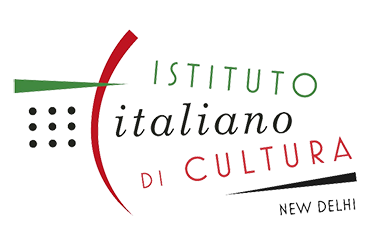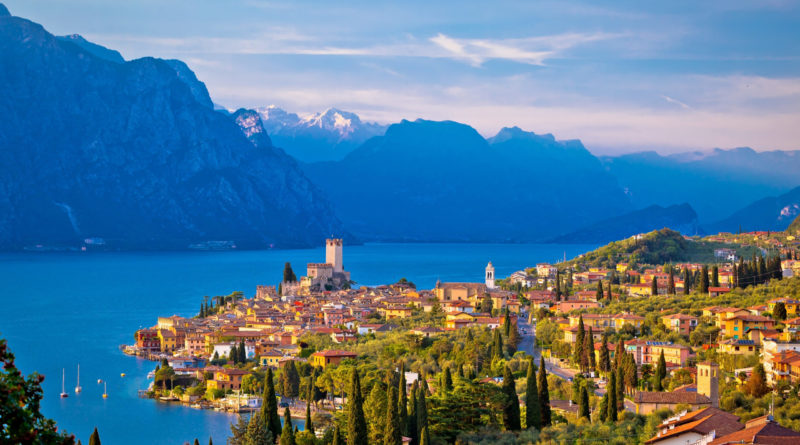Veneto 1: Let’s continue our tour of Italy’s best destinations for food and wine lovers by exploring Veneto.
Veneto 1
Let’s continue our tour of Italy’s best destinations for food and wine lovers by exploring Veneto. The region is located in the North of the country, and borders with Emilia Romagna, Lombardia, Trentino Alto-Adige and Friuli Venezia Giulia, and even with Austria.
In this first post about the region we will visit the provinces of Belluno, Vicenza and Verona. Next time we will move to Venice, and will explore Treviso, Padova e Rovigo.
Verona
Our journey starts with Verona, the enchanting city known among other things for being the location of Shakespeare’s masterpiece Romeo and Juliet.
Verona is full of amazing monuments and wonderful views. Piazza delle Erbe is a good spot to start the visit of the city. This beautiful rectangular square, situated in the historic center, is surrounded by palaces and medieval towers.

In the middle of the square there is a fountain from the 1368 with the Verona’s Madonna, a Roman statue built at the end of the 4th Century.
In the past it was also the venue of the city market, while now offers many nice bars and restaurants and souvenir shops.

An important symbol of the city is the Arena: built around the 1st Century AD, this amphitheater used to host gladiator battles. The original capacity was of 30.000 spectators. Nowadays it is considered one of the most suggestive concert and theater shows venues in the whole country.

It is impossible to talk about Verona without mentioning the tragic love story between Romeo and Juliet. The legend was made immortal by the famous English playwright William Shakespeare at the end of the 16th Century.
The medieval palace that has been recognized by the people of Verona as Juliet’s home is now a crowded tourist spot.
Romeo and Juliet’s legend is linked also to another monument, the Basilica of San Zeno. It is the main place of worship in the city, and the tradition considers its crypt as the veue of the two lovers’ marriage.

The majestic church was constructed between 967 and 1398 in Romanesque style, and stands next to a Benedectine abbey. Its façade, characterized by the use of cream-coloured tuff rock, became the model for all the Romanesques edifices erected in Verona in the following decades.
Its 62 meters-high bell tower is a separate building finished at the beginning of the 11th Century.

Verona is divided in two parts by the river Adige: that is the reason why the bridges have always played an important role in the history of the city. The oldest bridge is the Ponte Pietra (stone bridge). Built during the Roman times, it connects the Arena with the city center. This bridge, alongside other seven, was destroyed by the Nazi army during their withdrawing from the North of Italy.
Luckily it was possible to restore many of them using the original stones and bricks recovered from the bottom of the river.
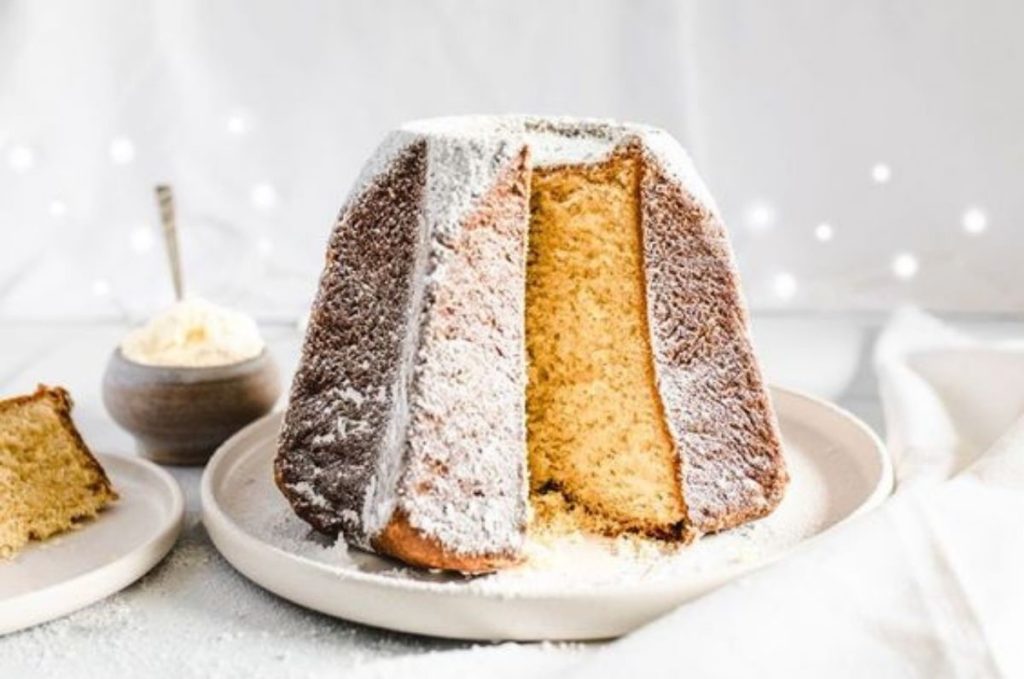
The local gastronomy tradition offers several amazing recipes. Apart from polenta and risottos, there are many not so famous but really tasty dishes that were invented in this province.
Starting from the pearà, a simple but tasty sauce used to season meat meals. And paparele, a typical egg pasta noodles in which the width is the same as the thickness.
As for desserts, the Pandoro is the main protagonist here. The well known star-shaped sweet bread shares the place in Italian tables with Panettone during Christmas holidays.We shouldn’t forget that Verona is the Italian province with the highest number of wines awarded with the D.O.C. certificate. When visiting the city, you cannot miss an amazing glass of Bardolino or Valpolicella.
Vicenza
Vicenza is synonymous with Andrea Palladio. Nom de plume of Andrea di Pietro della Gondola, Palladio’s work has deeply influenced the architecture and urbanism of the West world. For this reason, in 1994 UNESCO decided to include the city of Vicenza in the list of the World Heritage Sites.
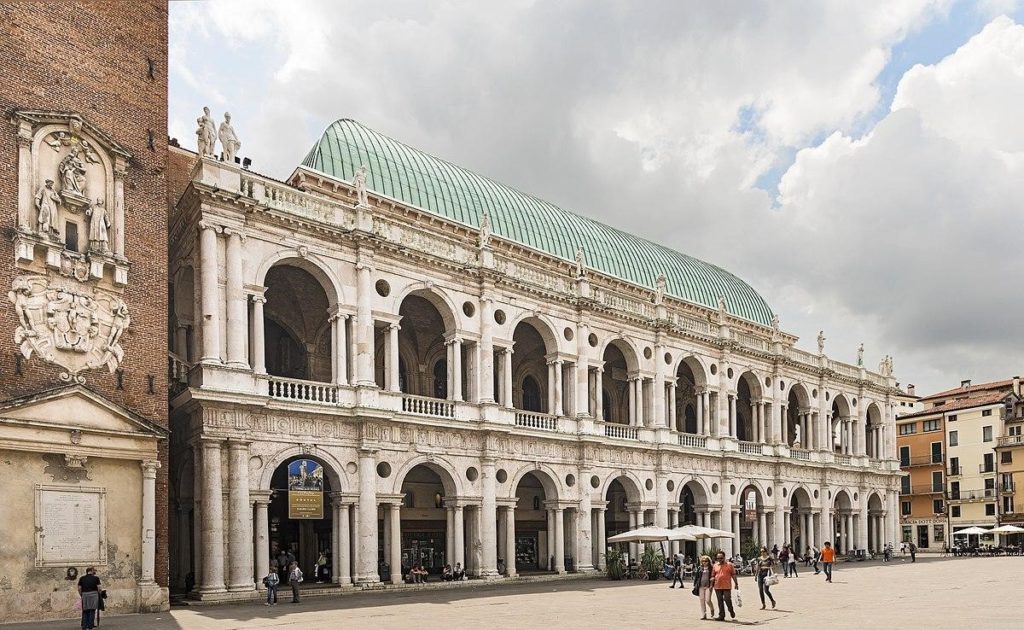
All the most relevant monuments in the city were designed by Palladio. Starting from Piazza dei Signori (Lords’ square), where stand the Basilica Palladiana and Palazzo del Capitaniato.
The first is a majesting building in Renaissance style, reconstructed by Palladio around 1550 over a pre-existing Gothic palace from the 15th Century. The main highlight of the Basilica is the Loggia, which shows one of the first example of the characteristic Palladian window.
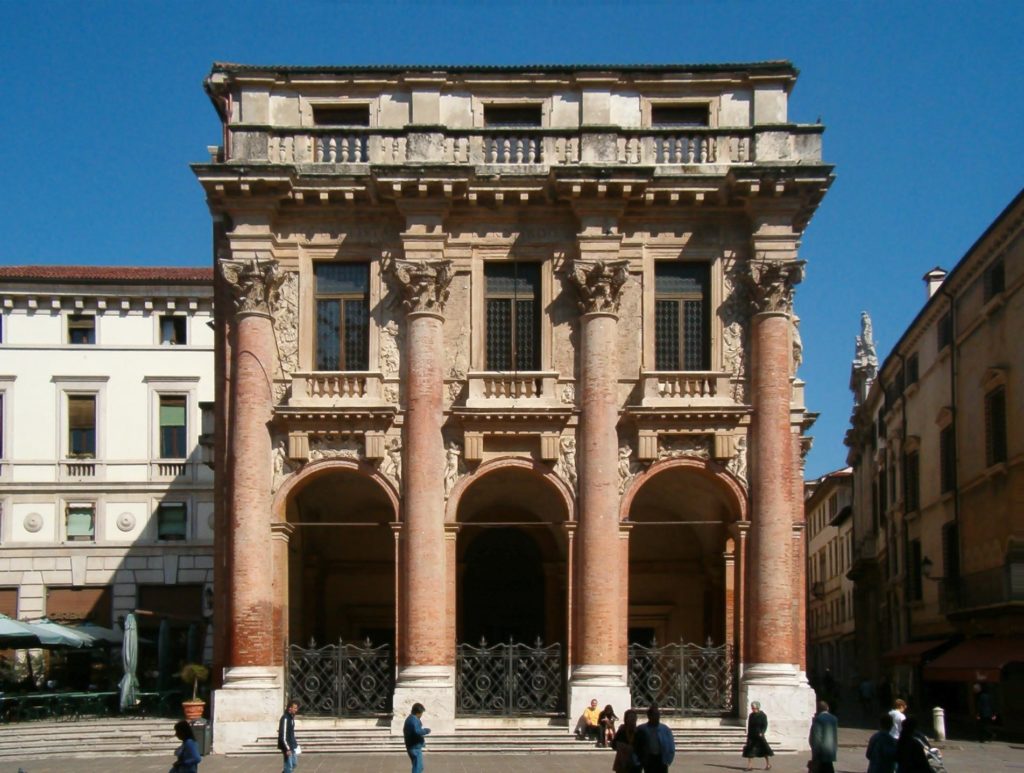
On the opposite side of the square is located the Palazzo del Capitaniato. Erected between 1571 and 1572, the palace is now the venue of the town council. The interiors are decorated with frescoes by the late Renaissance Italian painter Giovanni Antonio Fasolo.
Another heritage of Palladio’s art is the Teatro Olimpico. The architect designed the building, which was completed after his death by his son Silla. The structure is clearly inspired by Roman theaters, and is characterized by an elliptic cavea and a columnade with statues.

But the real masterpiece is the proscenium, organized in two levels and deeply decorated with statues, bas-reliefs and niches.
The main road of Vicenza is dedicated, of course, to Andrea Palladio. Is the center of the city’s life, where it is possible to go shopping and walk under the beautiful portico. Along the street it is possible to admire many noble palaces, the majority of which were designed by Palladio.

After having appreciated the beauty of Vicenza’s architecture, it is now time to sit at the table and explore the stars of the local gastronomy.
Starting from the Baccalà alla Vicentina, a delicious dish based on codfish. The fish is cooked with fresh milk, grated grana cheese, onions, parsley and anchovies. It can be served also after 12/24 hours from its preparation, and traditionally it is eaten with polenta.
Risottos are another specialty of the area. They are prepared with the vegetables available in the season, like hops, peas, white asparagus from Bassano del Grappa, and many others. Among the first courses there is also Bigoi co l’arna: it is a dish of bigoli, a thick fresh pasta, with a duck ragù sauce.

Then there is the Asiago, a soft and cheese with a gentle flavour famous all over Italy that can be produced exclusively in the province of Vicenza. It is also sold aged, and in this case it gets a stronger spicy flavour.
Belluno
Belluno is a perfect place for nature and mountain lovers. In fact, the whole town is located inside the national park of Belluno’s Dolomites and it is surrounded by amazing snowy peaks.
The small historic center is beautiful, and it is a pleasure to walk around the alleys and the porticos.

Let’s start our visit of Belluno from its main place of worship, the Cathedral dedicated to Saint Martin. The current building was erected between 1517 and 1624 over the remains of previous churches. The semi-circular apse in the interior of the Cathedral is decorated with a fresco of a triumphal Assumption by the painter Antonio Ermolao Paoletti.
The bell tower, which is 67 meters high, was designed in the 18th Century by the Messinese architect Filippo Juvara. It is topped by a statue of an angel realized with wood and covered with a layer of copper. The statue is almost 5 meters high. In the beautiful square in front of the Cathedral is also located Palazzo dei Rettori, the former palace where the local governor lived and worked.

Crossing the Market square and Rialto street it is possible to arrive at Vittorio Emanuele square. Here stands Palazzo Fulcis, the current venue of Belluno’s Civic Museum. In its five floors and 24 exhibition rooms it is possible to admire frescoes from the 18th Century, as well as pieces from Tintoretto, Montagna, Marco and Sebastiano Ricci, and Ippolito Caffi. One area of the museum is dedicated to a rich collection of porcelain, jewelries and engravings.

Borgo Piave is the lowest neighbourhood of Belluno. From here the rafts carrying wood from the Dolomites left towards Venice, where it was utilized for making ships and gondolas. Now is a really nice place to have a walk alongside the river.
From the city start many amazing treks and walks through the mountains and beautiful lakes. Around Belluno there are a lot of small towns, like Tambre and Feltre, that are totally worth a visit.
But the main attraction of the area is Cortina d’Ampezzo. It is a well known touristic location, full of activities both in the summer and in the winter months. It is the venue of different international sports events.

From this small town originates one of the tastiest dishes of the province. We are talking about the casunzei, typical raviolis filled with a vegetable paste based on beetroots and butter. They are a perfect comfort food after a whole day spent in the mountains walking or skying.

Other typical Belluno’s recipes are the pastin and the schiz. The first is a kind of meat hamburger, while the second is a cheese cooked on the grill.
